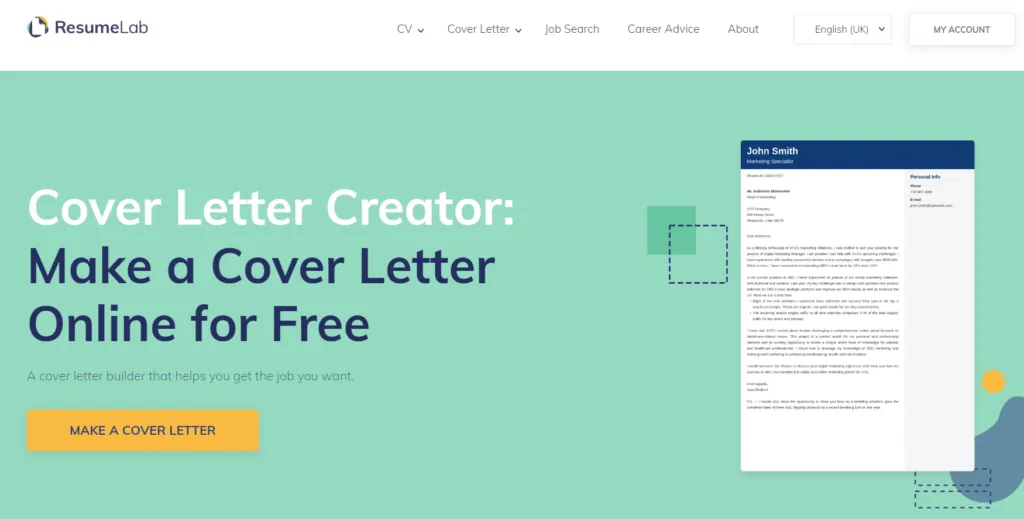Why You Need a Powerful Cover Letter
In today’s competitive job market, a well-crafted cover letter is no longer optional, it’s essential. Think of your cover letter as your first impression—it’s your chance to showcase your personality, demonstrate your enthusiasm for the role, and highlight why you’re the perfect fit for the company. A strong cover letter can significantly increase your chances of getting noticed by a hiring manager, especially if your resume alone doesn’t fully capture your skills or experiences. It provides an opportunity to connect with the reader on a personal level, setting you apart from other applicants who may only submit a resume. It also gives you a platform to directly address the specific requirements of the job, showcasing your understanding of the role and the company’s needs. By strategically incorporating keywords from the job description and tailoring the content to the employer, you can make a compelling case for your candidacy.
The Importance of a Cover Letter
A cover letter serves several critical functions. Firstly, it offers a space to provide context to your resume, explaining career gaps, changes in direction, or any unique circumstances. Secondly, it allows you to elaborate on your accomplishments, providing details that may not fit within the confines of a resume bullet point. Thirdly, it helps you demonstrate your writing and communication skills, which are highly valued in many professional settings. A cover letter also gives you the chance to express your genuine interest in the position and company, which can make a significant difference in the eyes of a hiring manager. In short, a well-written cover letter is a powerful tool in your job-seeking arsenal, helping you stand out and secure an interview.
When a Cover Letter is Essential
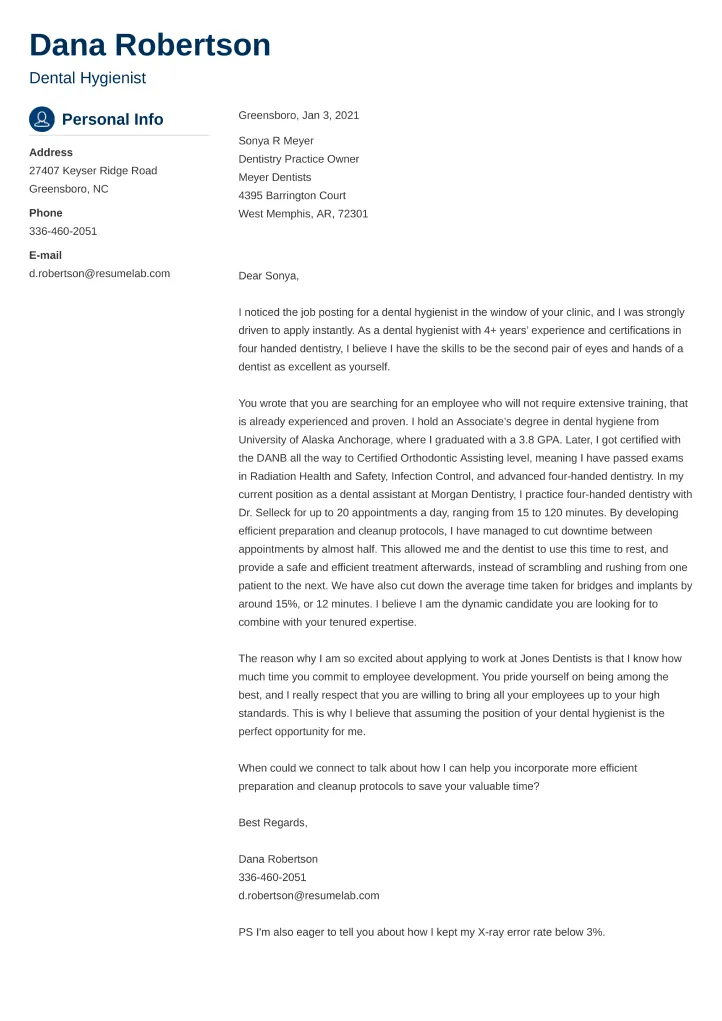
While some job applications may not explicitly require a cover letter, it’s often wise to include one. A cover letter is especially important if you’re changing careers, have gaps in your employment history, or are applying for a role that requires strong communication skills. It’s also valuable if you have a unique skill set or experience that doesn’t neatly fit into a traditional resume format. Always submit a cover letter if the job posting requests one, as it shows you’re attentive to detail and willing to go the extra mile. Even if it isn’t required, submitting a cover letter can demonstrate your enthusiasm and commitment to the application process. When in doubt, err on the side of including a well-crafted cover letter to strengthen your application.
Key Components of a Killer Cover Letter
Your Contact Information
Start your cover letter by including your contact information at the top. This should include your full name, phone number, email address, and optionally, your LinkedIn profile URL. Make sure the contact information is current and professional. This allows the hiring manager to easily reach you if they’re interested in proceeding with your application. Place this information in a clear, easy-to-read format, such as left-aligned at the top of the letter. Avoid any unprofessional email addresses; it’s best to use a variation of your name or a professional-sounding address. This helps to present you as organized and serious about the opportunity.
The Hiring Manager’s Name and Title
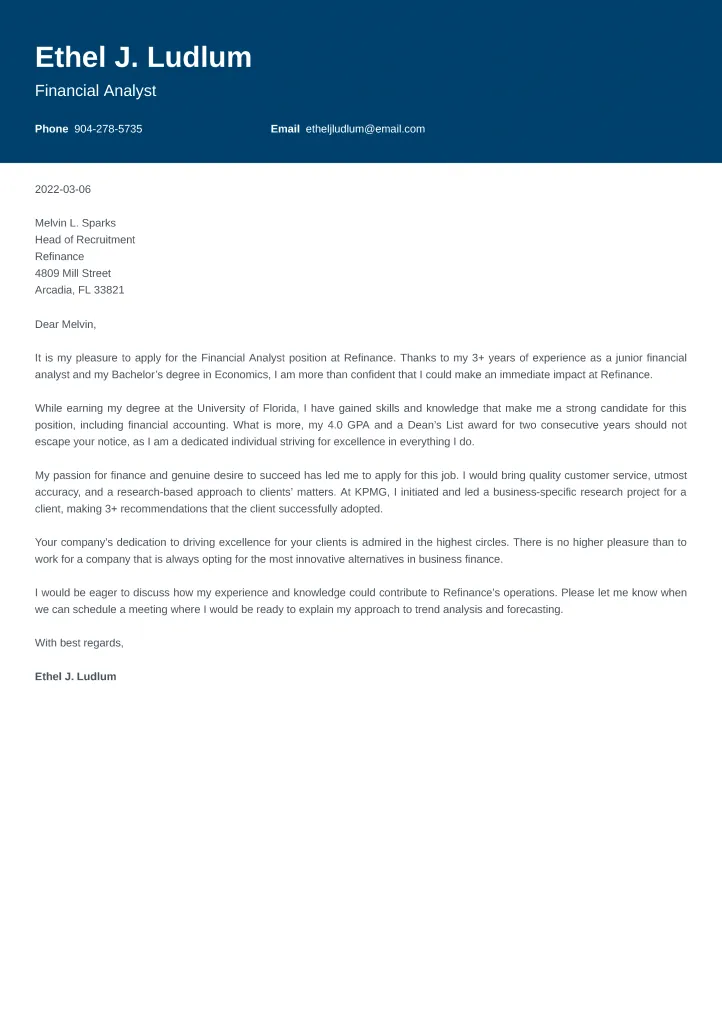
Addressing your cover letter to a specific person significantly increases your chances of getting noticed. Research the hiring manager’s name and title. This shows that you’ve taken the time to learn about the company and are genuinely interested in the position. If you can’t find the hiring manager’s name, it is acceptable to address the letter to the hiring team or the specific department. This personal touch makes your letter feel less generic and demonstrates initiative. Use professional salutations such as ‘Dear Mr./Ms. [Last Name]’ or ‘Dear Hiring Manager,’ depending on what information is available. Avoid using generic greetings such as ‘To Whom It May Concern’, which can make your letter seem impersonal.
Crafting a Compelling Opening
Your opening paragraph is your chance to grab the reader’s attention. Start by clearly stating the position you’re applying for and where you found the job posting. Then, briefly explain why you’re interested in the role and the company. You can also include a brief statement about your most relevant skills or experience. This initial paragraph sets the tone for your entire letter, so make sure it’s concise, engaging, and reflects your enthusiasm. Consider highlighting a key achievement or skill that aligns perfectly with the job’s requirements. Tailor your opening to reflect the specific needs of the role, demonstrating your understanding of the company’s needs and your potential contribution.
Highlighting Your Skills and Experiences
The main body of your cover letter should focus on demonstrating your skills and experience. Match your qualifications to the requirements outlined in the job description. Use specific examples to illustrate how you’ve used these skills to achieve results in previous roles. Don’t just list your skills; provide evidence of how you’ve applied them. Quantify your achievements whenever possible to make your impact more tangible. By highlighting specific accomplishments, you show that you’re not only capable but also that you deliver results. Tailor this section to the specific job requirements, ensuring that you address the key skills and experience the employer seeks.
Tailoring to the Job Description
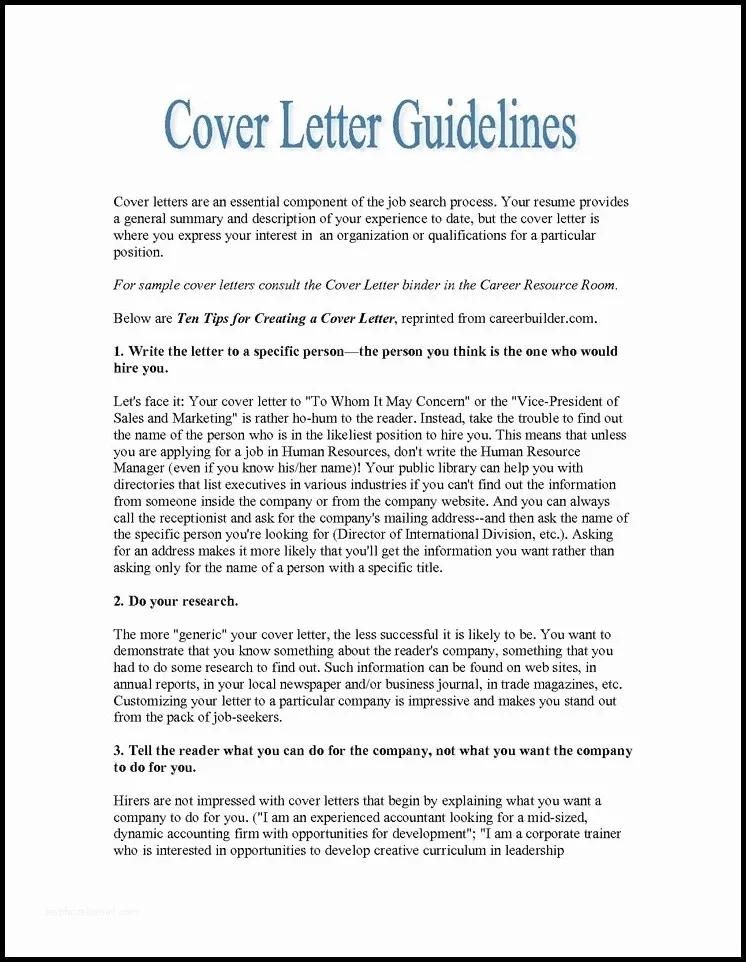
A key element of a successful cover letter is customization. Carefully review the job description and tailor your letter to align with the specific requirements and keywords. Identify the most important skills and qualifications the employer is seeking and highlight how you possess them. Use the same language and terminology as the job posting to show that you understand the role and the company’s needs. This tailored approach demonstrates that you’ve taken the time to understand the role and are a serious candidate. Avoid sending a generic cover letter to multiple jobs; personalization significantly increases your chances of being considered.
Quantifying Achievements for Impact
Whenever possible, quantify your accomplishments to make your impact more persuasive. Instead of saying ‘Improved sales,’ state ‘Increased sales by 15% in six months.’ Use numbers, percentages, and data to showcase your achievements. This provides concrete evidence of your abilities and shows the hiring manager the value you can bring to the company. For example, describe how you reduced costs, increased efficiency, or improved customer satisfaction. Quantifiable results are more compelling than vague statements, making your cover letter more effective in demonstrating your worth.
Demonstrating Company Alignment
Show that you’ve researched the company and understand its values, mission, and goals. Explain how your skills and experience align with the company’s culture and objectives. This could involve referencing recent company news, projects, or initiatives. Mentioning what you admire about the company and why you’re excited about the opportunity demonstrates your genuine interest. Show that you’re a good fit, not just for the job, but also for the company culture. This helps the hiring manager envision you as a part of their team, improving your chances of getting the job.
Ending with a Strong Call to Action
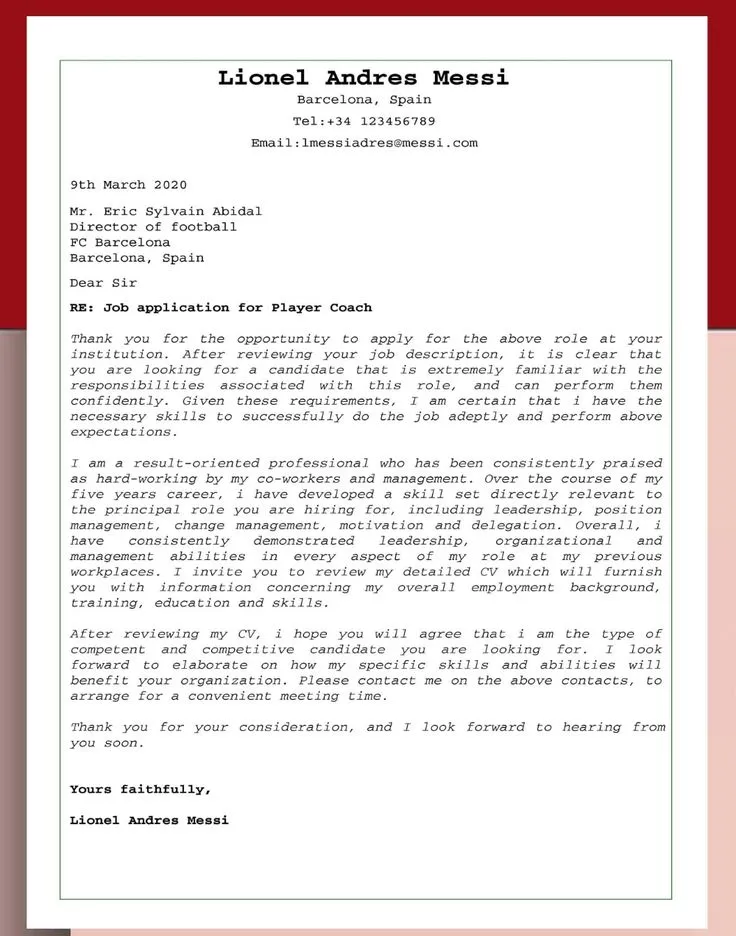
Your closing paragraph should include a clear call to action. Express your enthusiasm for the position and reiterate your interest in an interview. Make it easy for the hiring manager to take the next step. Thank the reader for their time and consideration, and provide your contact information one more time. A confident and proactive closing leaves a positive lasting impression. Consider adding a statement about your availability for an interview or your excitement about the opportunity to discuss your qualifications in greater detail.
Cover Letter Formatting and Style
Choosing the Right Font and Size
Formatting and presentation can greatly impact your cover letter’s readability and professional appearance. Choose a clear, easy-to-read font, such as Times New Roman, Arial, or Calibri. Use a font size between 10 and 12 points for the body text. Ensure that your formatting is consistent throughout the document, with standard margins (typically 1 inch) and proper spacing between paragraphs. A well-formatted cover letter is easy to read and demonstrates attention to detail, which is crucial in a professional setting.
Keeping it Concise and Readable
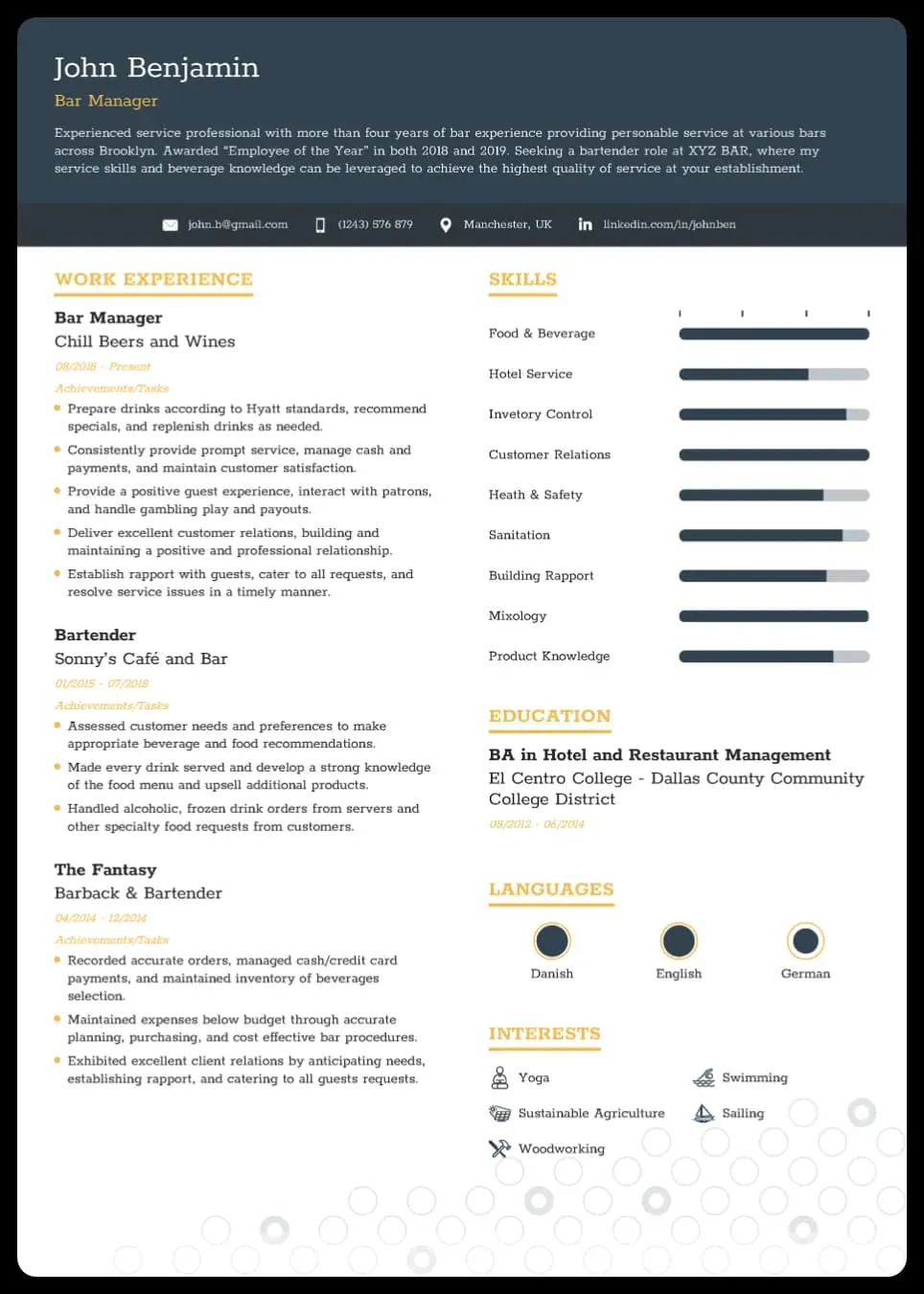
Keep your cover letter concise and to the point, ideally no more than one page. Use short paragraphs and clear, concise language. Avoid jargon and overly complex sentences. Focus on conveying your key qualifications and achievements clearly and efficiently. Use bullet points or lists to break up lengthy text and improve readability. A well-structured and easy-to-read cover letter is more likely to be appreciated by a busy hiring manager.
Proofreading and Editing for Perfection
Always proofread your cover letter carefully for typos, grammatical errors, and punctuation mistakes. Errors can create a negative impression and undermine your credibility. Use a grammar and spell checker, but don’t rely on it completely. Read your letter aloud to catch awkward phrasing or sentences. It is recommended to have someone else proofread your letter; a fresh pair of eyes can catch mistakes you might miss. A polished, error-free cover letter demonstrates professionalism and attention to detail.
Common Cover Letter Mistakes to Avoid
Generic Opening Phrases
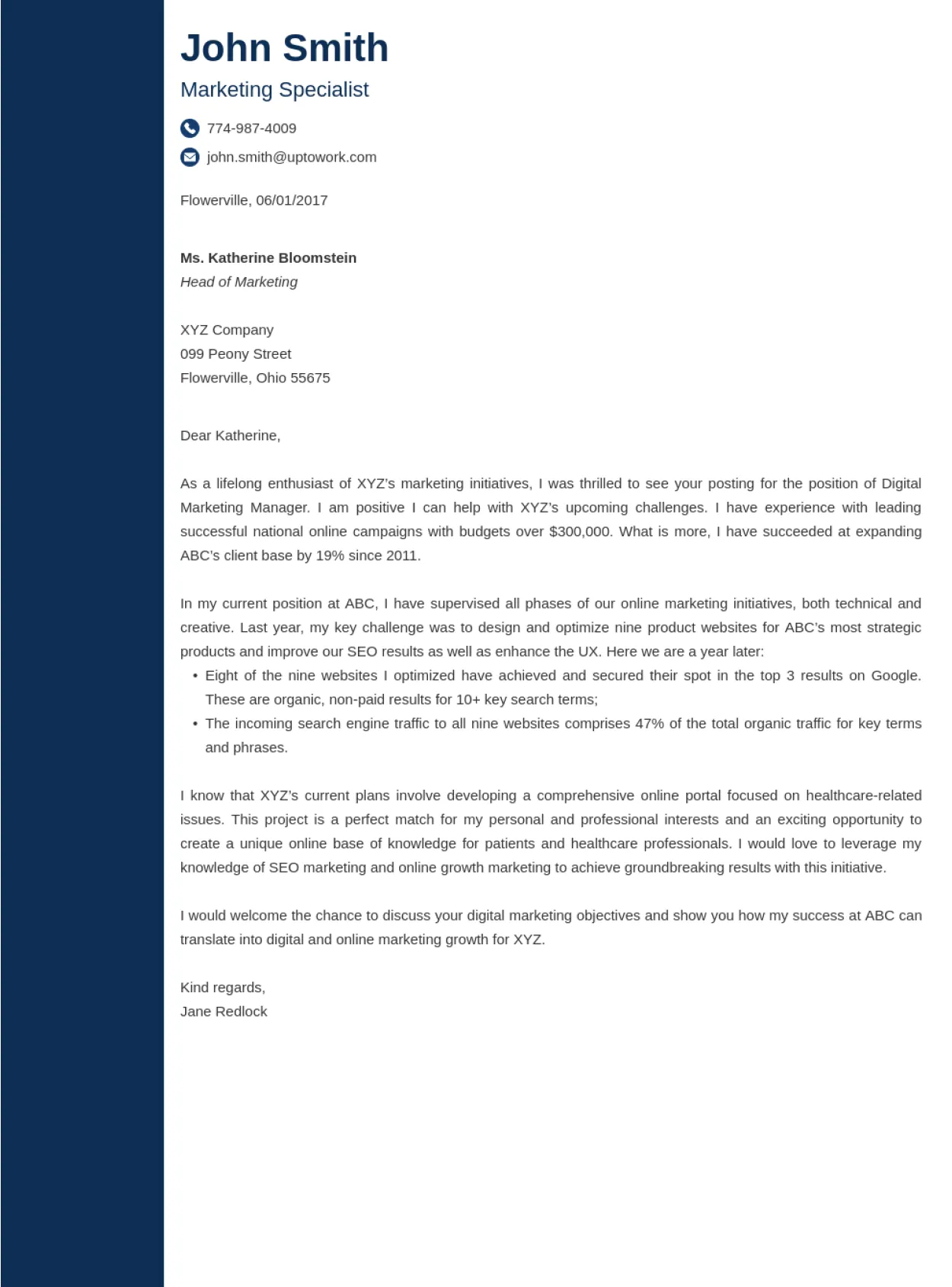
Avoid generic opening phrases like ‘To Whom It May Concern’ or ‘I am writing to apply.’ These phrases make your letter feel impersonal and less engaging. Instead, address the hiring manager by name or tailor the opening to the specific job or company. A personalized opening immediately grabs the reader’s attention and shows you’ve taken the time to prepare a thoughtful application. Always aim for an opening that is both professional and tailored to the role.
Focusing on ‘I’ Instead of ‘You’
While it’s essential to highlight your skills and experience, avoid making your cover letter all about ‘I’. Instead, focus on how your skills can benefit the employer and the value you can bring to the company. Reframe your accomplishments to show how they align with the company’s needs and objectives. When highlighting your past achievements, explain how your contributions benefited previous employers. A focus on ‘You’ makes your letter more engaging and demonstrates that you understand the needs of the employer.
Typos and Grammatical Errors
Typos and grammatical errors can make your cover letter appear unprofessional and suggest a lack of attention to detail. Always proofread your letter thoroughly before submitting it. Use grammar and spell-checking tools, but don’t rely on them entirely. Get a second opinion from a friend or family member to catch any errors you might have missed. Correcting these errors will ensure that your cover letter is polished and professional, increasing your chances of success.
Cover Letter Examples and Templates
Finding the Best Cover Letter Template
Using a well-designed cover letter template can save you time and ensure your letter looks professional. Search online for cover letter templates in formats like Word or Google Docs. Choose a template that aligns with your industry and the type of role you’re seeking. Many websites offer free or premium templates. However, make sure to customize the template to reflect your personality and the specific job requirements. A good template provides a solid structure while allowing you to insert your unique skills and experience, ensuring that your letter stands out from the crowd.
Analyzing Successful Cover Letters
Reviewing successful cover letter examples can give you valuable insights into what works. Look for examples that are relevant to your industry and the type of job you’re applying for. Pay attention to how the letter is structured, the language used, and the tone adopted. Analyze how the writer highlights their skills and experiences and how they tailor their letter to the job description. Many job search websites and career resources offer examples of successful cover letters that can serve as inspiration.
Resources for Cover Letter Help
There are numerous resources available to help you craft a compelling cover letter. Career websites, such as LinkedIn, Indeed, and Glassdoor, offer tips, templates, and examples. Career counselors and resume writers can provide personalized feedback and guidance. Online grammar and spelling checkers, such as Grammarly, can help you polish your writing. Take advantage of these resources to create a cover letter that effectively showcases your skills and increases your chances of securing an interview. Investing time in these resources is a valuable step towards your job search success.
